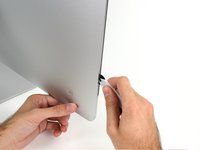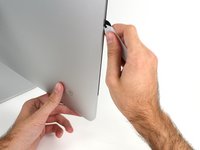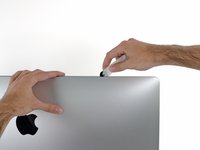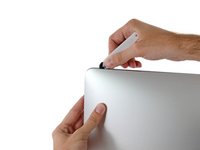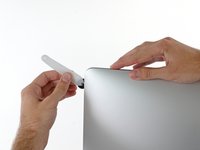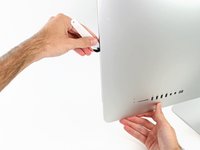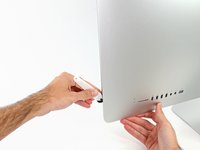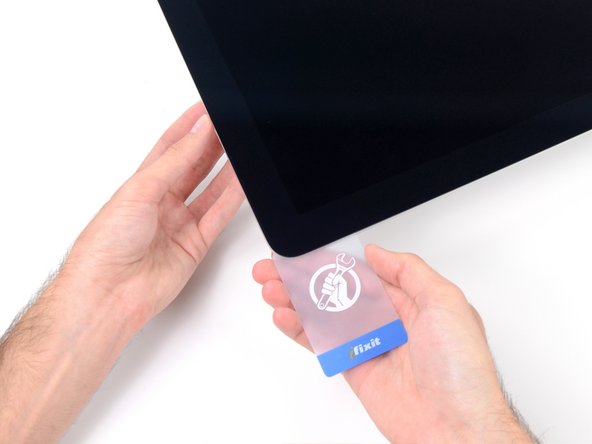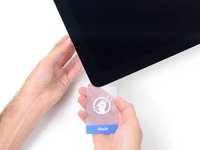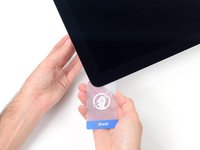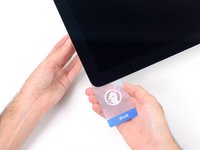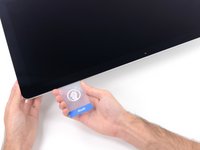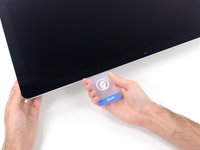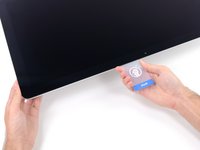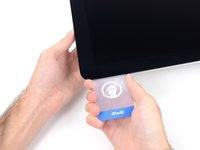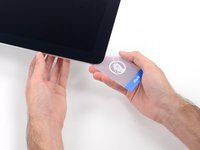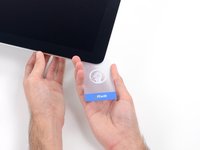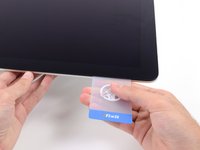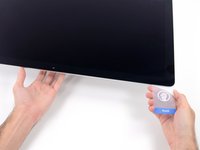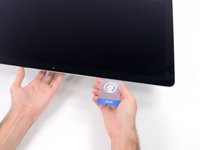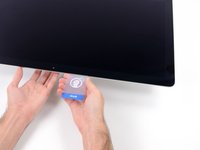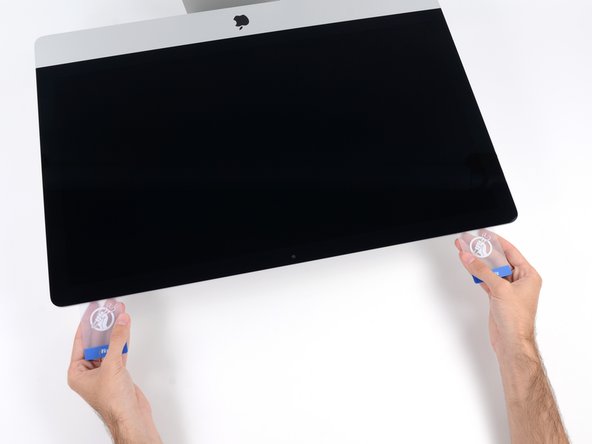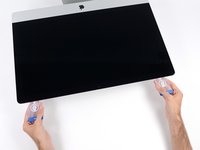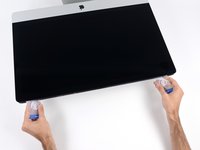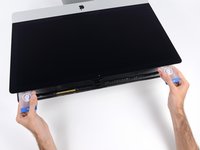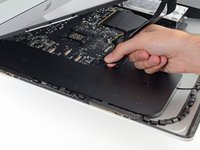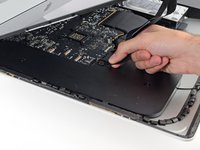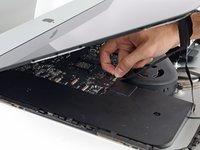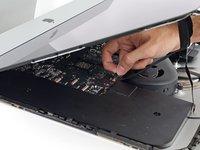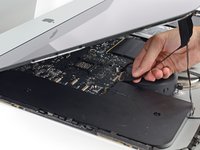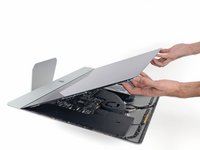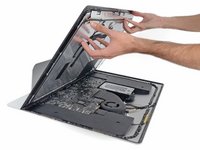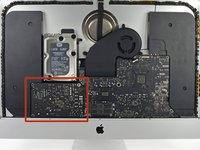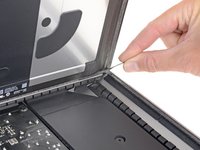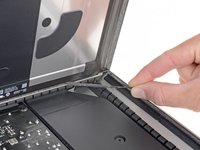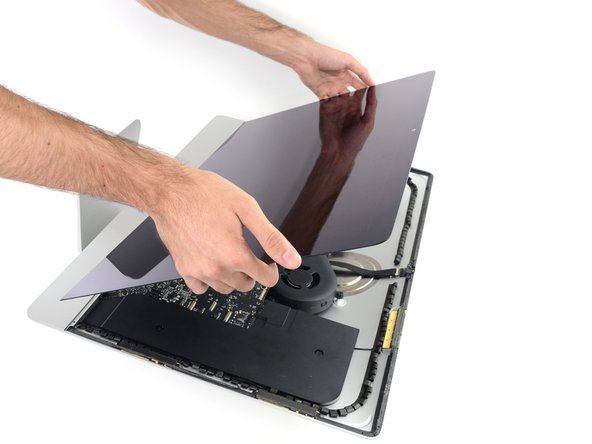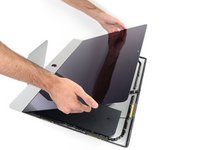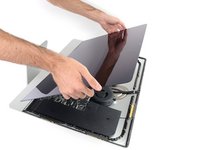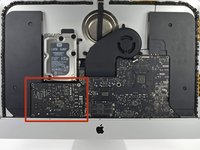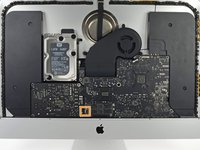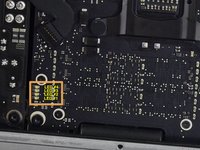Introduction
This will show you how to find and read the diagnostic LEDs so that you can diagnose your mac.
What you need
-
Tool used on this step:iMac Intel 27" Cardboard Service Wedge$4.99
-
With the hinge free to move, the iMac will be unbalanced and hard to work on. Repairs can be completed with the iMac laying down, but are faster and easier with an iMac service wedge.
-
If you are using the iFixit cardboard service wedge, follow these assembly directions to put it together.
-
-
-
Tool used on this step:Plastic Cards$2.99
-
Set the iMac face-up on a table.
-
Starting from the top right corner of the iMac, insert a plastic card between the display and frame.
-
-
-
With the cards inserted as shown near the corners, gently twist the cards to increase the gap between display and case.
-
If there are any sections that seem to stick and won't separate, stop twisting and use one of the cards to cut the adhesive in the problem area.
-
Begin to lift the top of the display up from the frame.
-
-
-
If there is a wire or cable underneath adhesive tape, always pull the tape off first.
-
If the cable is glued to the chassis, use a heated iOpener or a hair dryer to soften the adhesive first. You can then slide an opening pick underneath the cable to loosen it. Never pull directly on the delicate connectors.
-
Slide an opening pick underneath the foam cushion pieces to separate them from the display, and gently pull them off. You may need some double sided tape to re-attach them to the new display.
-
To reassemble your device, follow these instructions in reverse order.
Cancel: I did not complete this guide.
19 other people completed this guide.
11 Guide Comments
Hmmmm…. how do the LEDs light up if the computer isn’t plugged in? perhaps there’s another guide? How to read the LED’s
What if the first LED is blinking when plugged in? I replaced the power supply since and am still having the same issue
How did you solve it?
Emilio -
I have a late 2013 27” iMac that wasn’t powering on and none of the leds were coming on. I’ve now replaced the power supply. When connected to power, led1 is on. When I push the power button, led2 starts blinking around once every 2 seconds and computer doesn’t power on (no sign of life at all). Any idea what this could be?
Nvm! Reseating the ram fixed it!











